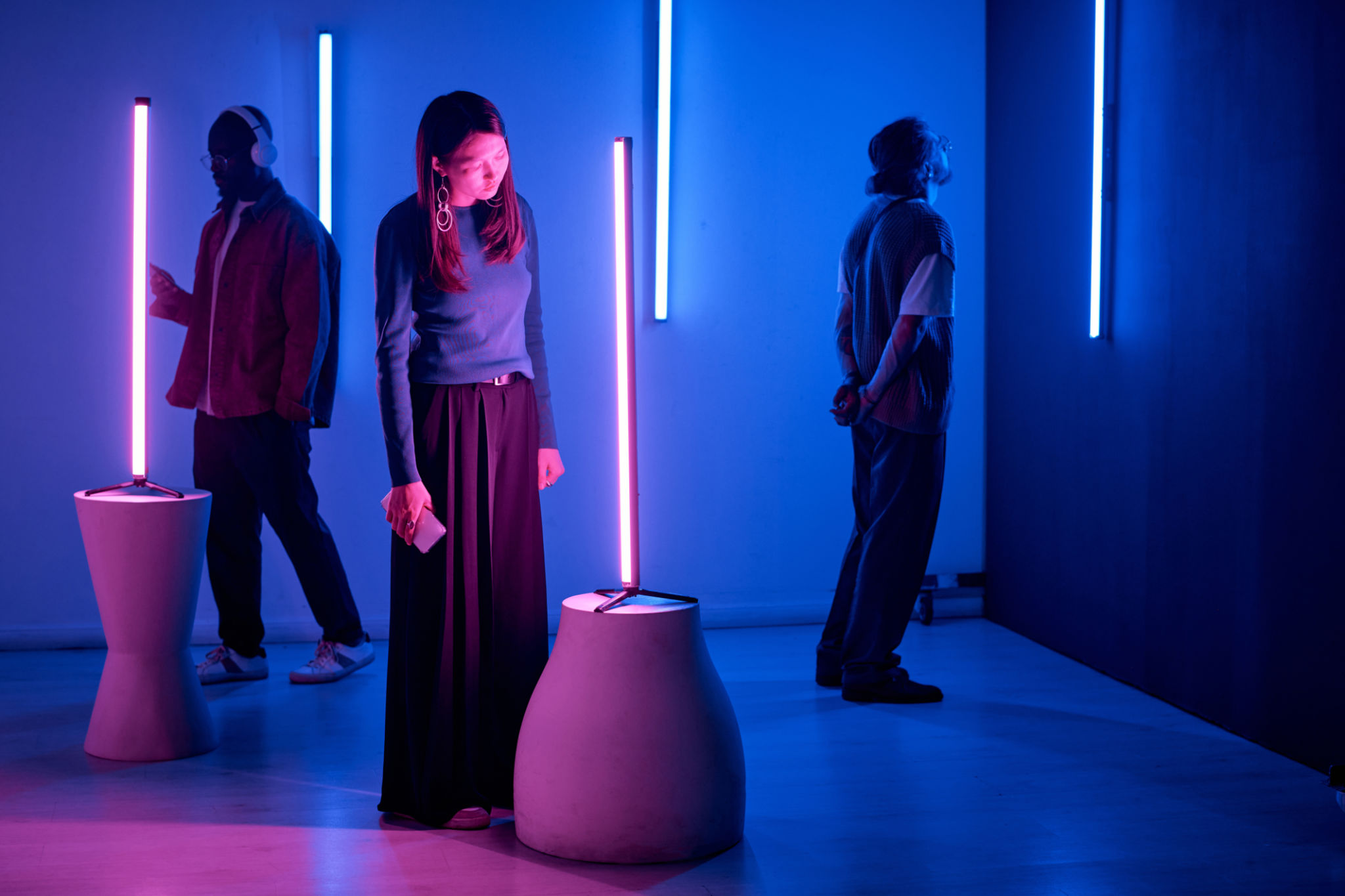Exploring Contemporary Art: Understanding the Movement and Its Impact
Introduction to Contemporary Art
Contemporary art, a genre that encompasses the late 20th century to the present, is known for its dynamic and boundary-pushing nature. It reflects modern-day society, questioning norms and offering new perspectives on cultural, political, and personal issues. Unlike traditional art forms, contemporary art is not confined to any specific style or medium, making it a diverse and ever-evolving movement.

The Evolution of Contemporary Art
The roots of contemporary art can be traced back to the post-World War II era, where artists began to explore new ideas and techniques. The movement gained momentum during the 1960s and 1970s, a period marked by experimentation and a departure from conventional artistic standards. Artists like Andy Warhol and Jackson Pollock became iconic figures, using their works to challenge societal norms and provoke thought.
Unlike its predecessors, contemporary art is characterized by its global perspective. Artists from different cultures and backgrounds bring unique insights to their work, reflecting the interconnected world we live in today. This diversity has led to a rich tapestry of artistic expression that continues to inspire and engage audiences worldwide.
Key Characteristics of Contemporary Art
Several features distinguish contemporary art from other art movements:
- Innovation: Contemporary artists often experiment with new techniques, materials, and technologies, pushing the boundaries of what art can be.
- Diversity: The movement embraces a wide range of styles and mediums, from digital art and installations to performance art and street art.
- Social Commentary: Many contemporary artworks address pressing social, political, and environmental issues, encouraging viewers to reflect on the world around them.

Impact of Contemporary Art on Society
Contemporary art plays a significant role in shaping cultural discourse. By challenging perceptions and encouraging dialogue, it helps foster greater understanding and empathy among diverse communities. Moreover, it has the power to inspire change by highlighting critical issues and encouraging audiences to take action.
The accessibility of contemporary art has also increased, thanks to the proliferation of digital platforms and social media. Artists can now reach global audiences with ease, sparking conversations and expanding the movement's impact beyond traditional gallery spaces.
Exploring Contemporary Art as an Experience
Visiting contemporary art exhibitions can be an immersive experience. Many installations invite viewer interaction, blurring the line between observer and participant. This engagement allows individuals to connect with art on a personal level, fostering a deeper appreciation for its significance.

Educational programs and workshops offered by galleries and museums provide further opportunities for exploration. These initiatives aim to demystify contemporary art, making it more accessible and enjoyable for people of all ages and backgrounds.
Conclusion
Understanding contemporary art involves embracing its complexity and diversity. As a movement that constantly evolves, it offers endless opportunities for discovery and reflection. By engaging with contemporary art, we not only gain insights into our present world but also contribute to shaping the cultural narratives of the future.